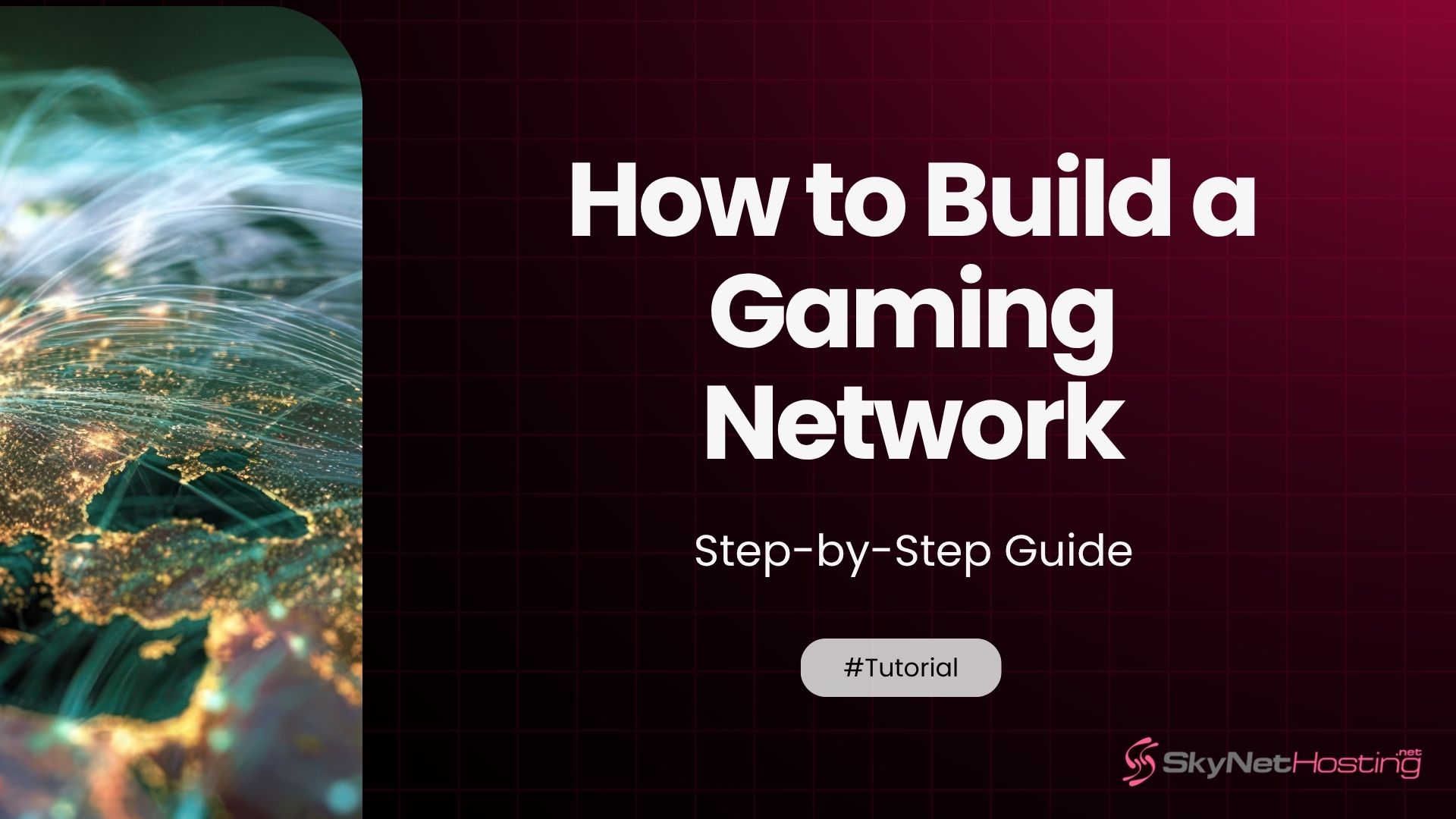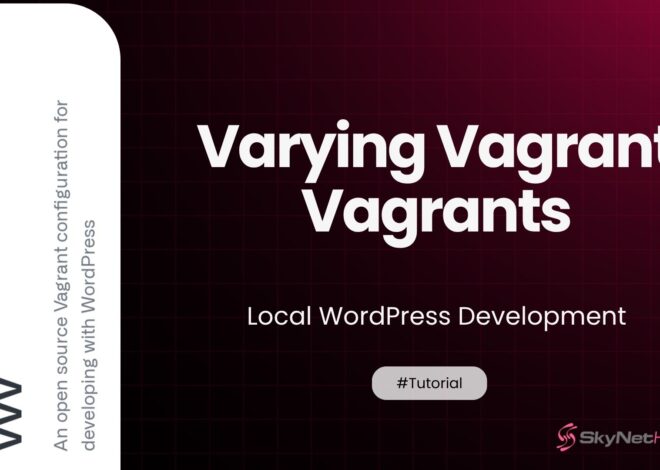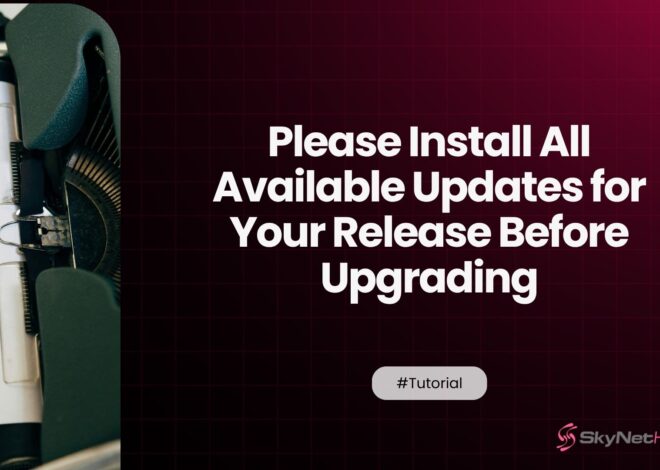
How to Build a Gaming Network: The Complete Guide
Building a thriving online gaming community is a dream for many gamers. It’s more than just hosting a server; it’s about creating a space where players connect, compete, and share experiences. After spending over a decade in this space, I’ve seen small communities explode into massive networks. I’ve also seen promising ones fade away because they overlooked the fundamentals. This guide is my way of sharing what I’ve learned, giving you a clear roadmap on how to build a gaming network from the ground up.
This isn’t just a technical manual. We’ll cover everything from planning your architecture and choosing hardware to fostering a vibrant community and even monetizing your network. Whether you’re a tech-savvy gamer wanting more control or a community manager looking to scale, this guide will provide the detailed steps you need to build your own successful multiplayer gaming network.
What Is a Gaming Network and Why Do You Need One?
Before we dive into the “how,” let’s clarify the “what.” A gaming network is far more than a single game server. It’s an ecosystem designed to support a multiplayer community.
Definition of a Gaming Network
A gaming network consists of three core components:
- Servers: This includes multiple game servers, possibly for different games or game modes, all managed under one umbrella.
- Community: The players who populate your servers, interact on forums or Discord, and participate in events. This is the heart of your network.
- Infrastructure: The underlying technology that ties everything together. This includes the hardware, hosting, management software, voice chat integration, and player databases.
Think of it as building a digital theme park. Each game server is a ride, but you also need the park grounds (community platforms), staff (moderators), and the foundational utilities (infrastructure) to make it all work seamlessly.
Benefits of Owning a Gaming Network
Running your own network gives you unparalleled control and opens up numerous opportunities:
- Total Control: You set the rules, choose the game modes, and decide how your community is managed. You’re not at the mercy of a third-party host’s decisions.
- Branding: You can build a unique brand that attracts like-minded players. Your network becomes a recognizable name in the gaming world.
- Revenue: A successful network can generate income through subscriptions, premium server access, cosmetic items, or advertisements. This can help cover costs and even become a profitable venture.
Examples of Successful Gaming Networks
Hypixel is a prime example. Starting as a YouTube channel creating Minecraft adventure maps, it evolved into one of the largest and most successful Minecraft server networks in the world. They offer a huge variety of custom mini-games, maintain a strong brand, and have built a massive, dedicated community. This shows what’s possible when you combine great games with solid multiplayer gaming network infrastructure.
How to Plan Your Gaming Network Architecture
A solid plan is the foundation of any successful project. Before you spend a dime, you need to map out your network’s architecture. This planning phase will save you countless headaches and resources down the line.
Choosing Games and Platforms
First, decide which games you want to host. Will you focus on a single game like Minecraft or CS:GO, or will you support multiple titles? Your choice will heavily influence your hardware and software needs.
Also, consider the platform:
- PC: Offers the most flexibility and control over server software.
- Console: More restrictive, often requiring you to rent servers through official partners.
- Mobile: A growing market, but server options can be limited.
I recommend starting with one popular PC game that has strong community support and robust server software, like Minecraft, Rust, or ARK: Survival Evolved. You can always expand later.
Determining Expected Traffic and Concurrency
How many players do you expect to have online at once? This is your “concurrent player” count. Be realistic. You won’t have 1,000 players on day one. Start by planning for 50-100 concurrent players and design a system that can scale.
Consider peak times, like evenings and weekends. Your network architecture for gaming must be able to handle these surges without performance drops.
Deciding Between LAN, Cloud, and Hybrid Setups
You have three main options for your physical infrastructure:
- LAN (Local Area Network): Hosting servers on your own hardware at home. It’s cheap to start if you have a powerful PC and fast internet, but it’s not scalable and leaves you vulnerable to DDoS attacks and power outages. This is best for small, private games with friends, not for building an online gaming community network.
- Cloud Hosting: Renting Virtual Private Servers (VPS) or dedicated servers from a hosting provider. This is the most popular and practical approach. It offers scalability, reliability, and professional support.
- Hybrid: A mix of both. You might use a dedicated server for your main game world and spin up cloud VPS instances for temporary events or mini-games.
For any serious gaming network, a cloud-based solution is the way to go. The reliability and scalability are non-negotiable for a good player experience.
What Hardware and Hosting Options Should You Choose?
Your choice of hardware and hosting is one of the most critical decisions you’ll make. It directly impacts player experience. Lag is the ultimate fun-killer, and poor hardware is its primary cause.
Server Requirements
Game servers are hungry for resources. Here’s a baseline for what to look for in dedicated game server hardware:
- CPU: A high clock speed is more important than the number of cores for most game servers. Look for modern processors from Intel (like i9 or Xeon E-series) or AMD (like Ryzen) with clock speeds of 3.5 GHz or higher.
- RAM: 16GB is a good starting point for a single game server with a moderate player count. For a network, you’ll want 32GB, 64GB, or even more, especially for RAM-intensive games like Minecraft with many mods.
- Storage: NVMe SSDs are the standard. Their incredible read/write speeds reduce loading times and ensure the server can access game files without bottlenecks.
- Bandwidth: You need a connection with at least 1 Gbps and unmetered traffic to avoid surprise bills.
Hosting vs. Self-Hosting
While self-hosting on a LAN might seem appealing, it’s rarely a good idea for a public network. You’ll have to manage security, uptime, and hardware maintenance yourself.
Renting a dedicated server or a high-performance VPS from a specialized hosting provider is almost always the better choice. They provide the low latency gaming hosting environment you need, complete with DDoS protection and 24/7 support.
Why Low Latency and Global Coverage Matter
Latency (or ping) is the time it takes for data to travel from a player’s computer to your server and back. High latency results in noticeable lag. To minimize this, you need a global game server network.
Choose a hosting provider with data centers located near your target player base. If you’re building a community in North America, host your servers there. If you have a global audience, you may need servers in both North America and Europe to ensure everyone has a low-ping experience.
How to Set Up Game Servers and Infrastructure
With your plan and hardware in place, it’s time for the fun part: setting up a gaming server network. This is where your vision starts to become a reality.
Installing Game Server Software and Configuration
Most popular games have dedicated server software you can download. The installation process usually involves:
- Renting a dedicated server or VPS with a Linux or Windows operating system.
- Using SSH (for Linux) or Remote Desktop (for Windows) to connect to your server.
- Following the game’s specific instructions to install the server files.
- Editing configuration files (
.ini,.cfg, or.properties) to set the server name, password, game rules, and other parameters.
Setting Up Load Balancing and Failover
As your network grows, you can’t run everything on a single machine. Game server load balancing distributes players across multiple servers to prevent any one server from becoming overloaded. A tool like a BungeeCord proxy for Minecraft can connect multiple servers, allowing players to move between them seamlessly.
Failover systems are also crucial. If one server crashes, a failover system can automatically redirect players to a backup server, minimizing downtime.
Implementing Voice Chat, Matchmaking, and Community Tools
A gaming network is more than just the game. You need to integrate tools that foster community:
- Voice Chat: Integrating a Discord server is a must. You can use webhooks to link game events (like achievements or player joins) directly to your Discord channels. For in-game voice, solutions like TeamSpeak or Mumble can be integrated.
- Matchmaking: For competitive games, you might need a matchmaking system to pair players of similar skill levels. This can be complex to build yourself, so look for existing plugins or services.
- Community Platform: A website with forums is essential for announcements, discussions, and support. A simple WordPress site with a forum plugin is a great place to start. This is a key part of your gaming community platform setup.
How to Optimize Network Performance for Gamers
Once your network is live, your job shifts to optimization. You need to constantly monitor performance to ensure every player has a smooth, lag-free experience.
Reducing Latency and Ping Times
The primary goal is to keep ping low. This comes back to hosting location. Ensure your servers are physically close to your players. Beyond that, work with your hosting provider to ensure their network routes are optimized for gaming traffic.
Using CDN and Edge Locations
A Content Delivery Network (CDN) isn’t just for websites. It can be used to distribute static game assets, like custom maps or textures, from servers close to the player. This speeds up download times when a player first joins your server.
Monitoring Performance and Scaling Dynamically
Use monitoring tools to track your server’s CPU, RAM, and network usage. Tools like Pterodactyl Panel, an open-source game server management panel, provide a web interface for remote game server management and monitoring.
When you see performance start to degrade during peak hours, it’s time to scale. This could mean upgrading your current server’s hardware or adding new servers to your load-balanced cluster.
How to Manage Security, Access, and Player Experience
A successful network is a secure and well-moderated one. Protecting your players and your infrastructure is a top priority.
Securing Game Servers from DDoS and Attacks
Distributed Denial of Service (DDoS) attacks are a constant threat. A good hosting provider will include robust DDoS mitigation as part of their service. This is non-negotiable. Without it, a single malicious actor could take your entire network offline.
Authentication and Player Data Management
You need a system to manage player accounts, inventories, and progress. Many game server platforms have built-in authentication, but for a network, you might want a centralized database so a player’s account works across all your servers.
Community Moderation and Chat Integration
Toxicity can kill a community faster than lag. Recruit a team of trustworthy moderators to enforce your rules on your game servers and Discord. Implement chat filters to block inappropriate language and use plugins that allow moderators to kick or ban rule-breakers. This is a vital part of voice chat and game network integration.
How to Grow Your Gaming Network and Community
Building the network is only half the battle. Now you need to attract players and turn them into a thriving community.
Branding and User Onboarding
Develop a unique name, logo, and theme for your network. Your brand should be consistent across your website, Discord, and in-game messages.
Make it easy for new players to join. Your website should have a clear “How to Connect” guide. When a new player logs in for the first time, greet them with a welcome message and instructions on how to get started.
Monetization Strategies
Once you have a steady player base, you can explore monetization:
- Subscriptions: Offer monthly subscriptions for VIP perks like reserved slots, unique in-game tags, or access to exclusive servers.
- Cosmetic Items: Sell cosmetic items that don’t affect gameplay, such as pets, particle effects, or colorful nicknames.
- Donations: A simple donation system can go a long way, especially in the early days.
Marketing Your Network
Get the word out!
- Post on gaming forums and subreddits related to your game.
- Create a YouTube channel or TikTok account to showcase your unique features.
- Collaborate with streamers and YouTubers. Offer them a custom rank or perks to play on your server and show it to their audience.
Why Reliable Hosting Matters for Your Gaming Network
I can’t stress this enough: your choice of hosting provider will make or break your network. All the planning and community-building in the world won’t matter if your servers are constantly crashing.
Impact of Server Downtime on Players
Every minute of downtime is a minute your players might decide to go find another server. Frequent crashes erode trust and make your network seem unprofessional. Reliability is paramount.
Advantages of Using Global Data Centers
Using a provider with a global game server network means you can expand your reach without sacrificing performance. As your community grows, you can easily launch new servers in different regions to provide a low-latency experience for players in Europe, Asia, or Australia.
Example: Skynethosting.net’s Infrastructure
A host like Skynethosting.net is built for this kind of project. They offer powerful dedicated servers with the high-speed CPUs and NVMe storage that game servers demand. With data centers in 25 worldwide locations, they provide the global infrastructure needed to serve players everywhere. Critically, their services include robust DDoS protection, which is essential for keeping your network online and secure.
Launch and Scale Your Gaming Network Successfully
You’ve done the work, and now it’s time to launch. Building a gaming network is a marathon, not a sprint. The journey is challenging, but incredibly rewarding.
Recap of Major Steps
- Plan: Define your games, estimate your traffic, and choose your architecture.
- Host: Select powerful hardware and a reliable hosting provider with global, low-latency data centers.
- Build: Install and configure your game servers, load balancers, and community tools.
- Optimize: Continuously monitor performance and secure your network against threats.
- Grow: Market your network, foster your community, and create an unforgettable player experience.
Key Performance Indicators
Track your success with these metrics:
- Player Count: Both average and peak concurrent players.
- Player Retention: What percentage of players return after their first session?
- Average Session Length: How long do players stay on your server?
- Community Engagement: How active is your Discord and forum?
Ready to build the next great gaming community? The first step is securing a solid foundation. Explore the powerful, gaming-ready dedicated servers at Skynethosting.net and give your network the high-performance infrastructure it needs to succeed.



